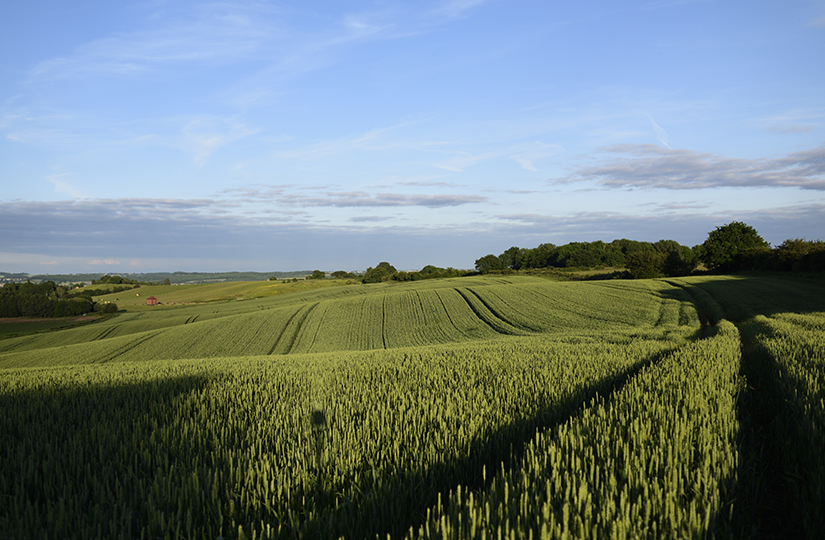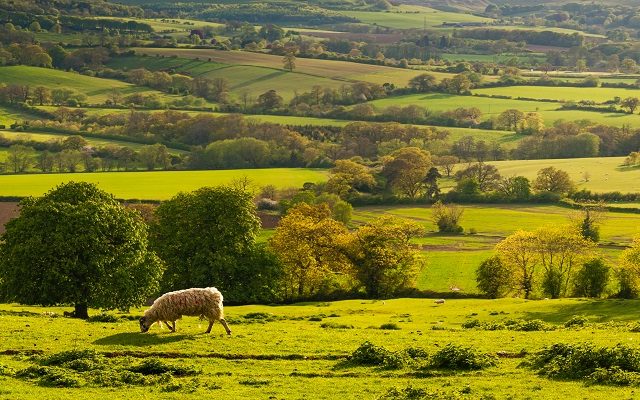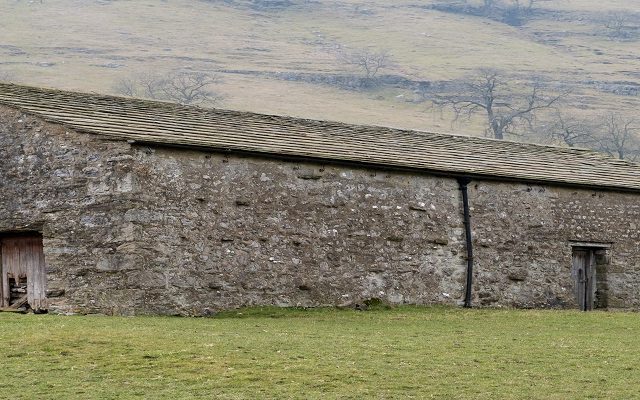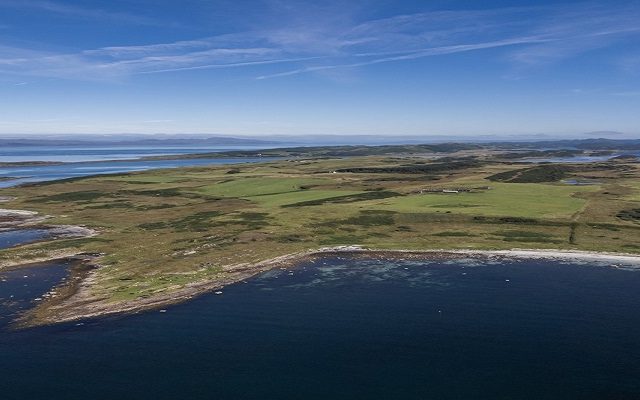Key Considerations for Crop Planning for Harvest 2021
After a busy spring, now is the time for farmers to reflect on the past year and assess how to get their rotations back on track after an incredibly challenging 12 months.
Our clients and most growers will have a draft cropping plan for next year, but there still remains some flex in this depending on how harvest goes.
Cropping decisions this summer will be dominated by following considerations:
1. We need to get the rotation back into some order after the last autumn, bringing in some sustainability and order as quickly as possible but in a planned way.
2. This will be quite naturally clouded by the need to quickly claw back the losses of this year’s harvest, leading to the temptation to plant as much wheat as possible.
3. Thinking ahead to 2021 and beyond in terms of where will first wheats be coming from and making a decision to plant rape this year or not.
What to plant?
What to plant is probably best answered by considering the results of the AHDB national planting survey, which was updated in February.
The stand out changes to cropping as a result of the difficult autumn and spring include the 47% increase in the area of spring barley, the huge reduction in the winter OSR area and a swing to spring oats and pulses.
To give a sense of the reduction in the winter OSR area, merchants are now talking about the possibility of a 750,000 – 900,000t OSR crop which is approx. 30% of the UK rape crop produced before the ban on neonicotinoids was implemented.
The AHDB survey also showed the winter rape area to be matched by the area of fallow which in February was estimated to be up about 50% on last year – although some of this may have been drilled by the time March rolled around. That said, we know there have been more crop failures, with growers walking away from poorly established winter crops or deciding not to plant a spring crop due to field conditions.
This all suggests that for planting wheat there are several good opportunities, behind fallow, pulses and oats, but much less behind rape.
Wheat after a fallow crop has the potential to go in well and early, remembering about the wheat bulb fly risks, and with most of the other combinable crops showing signs of an early harvest there should be the potential to get the wheat drilled in good time.
I suspect on lots of farms the opportunity for a true first wheat may only make up 20-40% of the wheat area this year and to increase the area of wheat for next harvest this is likely to have to be grown as a second cereal.
There will be opportunities to grow second wheats either behind a small amount of first wheat but also, unconventionally, after a spring wheat.
Due to rotational changes, many spring wheat and barley crops have been the first cereal after a breakcrop, so to follow these unconventional first cereals with a second wheat again will provide the opportunity to get the rotation back on track, which depending on harvest date shouldn’t cause too much of an issue.
Due to the sheer amount of spring barley in the ground, it is likely some wheat will follow spring barley. In itself this should not be a problem, undoubtedly the straw will be baled with hopefully enough time for the barley volunteers to chit before the wheat is planted.
Although contamination of the wheat crop is a risk, this can be managed by careful cutting of the barley, cultivations and using clodinafop in the wheat crop which can have some useful control on any barley volunteers.
Logically following a spring barley with a feed variety of wheat would be the sensible way to go, but it is not impossible to grow a milling sample of wheat behind a spring barley crop.
If not following winter barley with rape, the barley could be followed by a winter wheat to bring some fields back into sync, but following 6-row winter barley with wheat is generally an irritating exercise.
In most cases, it would be logical to follow the barley with winter beans, making use of the window to clean up the fields pre-planting, but also the beans will provide the opportunity to control the barley volunteers.
The easiest win to follow spring barley is either a winter barley, where any volunteers are hidden away in the winter crop, or with a pulse/spring crop where again there is an opportunity to control the volunteers.
For some putting the spring barley back into spring barley may be a means of getting the rotation back in sync, which should not cause any agronomy issues, but the discount of barley against wheat does make barley for next year the poor relation financially.
Winter OSR or not?
Many growers will not entertain planting rape this year, having had a succession of failures, happily not grown it for several seasons or are just so utterly disillusioned with it after it started to fall apart in March and April and eventually got written off. When this happens for the first time, it is such a confidence sapping experience for all involved.
Having spoken to colleagues round the country it only really parts of the Northeast and Scotland where the flea beetles appear to be at lower levels where there is still confidence in winter OSR. Other regions appear to have sufficient numbers of adult beetles/produce enough larvae to write off a crop where things don’t go according to plan.
With much less winter barley in the ground, rape is most likely to follow a fallow or a wheat crop. However, in my experience rape following a fallow never seems to thrive. It’s the classic green on brown situation where the land is cultivated it makes the cotyledons stand out and the beetles see it and fly in as soon as the crop starts to emerge. But there is time, particularly if it does rain early July, to experiment with some green cover to improve the crops chances.
Rape behind a winter wheat crop is likely to be relatively good bet, especially given the wheat is likely to finish early, with low straw volume and probably plenty of unused nitrogen in the soil surface.
Rape behind spring wheat could be a possibility but is likely to be too late. Rape behind spring barley could well come into play – although it’s not a natural fit and will depend on when the crop is cut and how baling goes.
Quite understandably there will be a desire to bale straw, but chopped straw can act as a mulch and keep moisture on the soil surface and available to the chitting rape, so it’s a case of evaluating nearer the time.
So how much wheat in 2021?
With new crop wheat at £140 ish + min £20 premiums for Nov 2021, there is the opportunity to make money out of wheat and claw back some of the losses from 2020. How much the wheat is pushed will be a very individual decision based on how 2020 has gone, pressure on contract farms and to get some cash back into the business.
How much wheat will get planted will be firstly governed by what seed is left in stock once the overwintered wheat, barley, beans etc have been accounted for.
The wheat area will probably end up near 60 – 65% of the combinable area, 50 – 70% of this being made up of wheat as the second cereal and all that goes with that.
A big winter wheat area will place pressure on autumn and spring cash flow, which is where septoria resistant wheats can help, but the main thing is to have no crop failures.
Most are going to be out drilling early this year, but we have to keep in mind the grassweeds, and volunteer cereal potential so some time for stale seedbeds will be necessary. Spraying crops off for either reason is not going to help.
Many businesses bought a second drill this spring, so for some drilling capacity this autumn will be much higher than last autumn, so in theory it should be feasible to hold your nerve and drill into October, but woe betide the agronomist that stands in a farmer’s way this September.
Planting wheat has to be the default starting position after a fallow, just from a reliability point of view over rape.
Alternatives to OSR
The area of the national crop from November to end of Feb fell by 13% (53, 000 ha) which is an increasing percentage year on year and no doubt increased further by the time it got to April.
No one I speak to is intending to plant more rape than they tried in 2019 – far from it –
I don’t think this year’s cropping mix is going to let us.
From speaking to colleagues nationally there is no pattern to the crops that succeed or fail and everyone has their own thoughts on what is the key to rape establishment. Throwing money at it by no means guarantees success and there should be a natural caution for potions stimulants that claim to distract or deter the beetle.
It’s now well understood, that planting in the first 10 days of August can produce bigger stand the adult feeding through August and September, but the compromise is these crops suffer the most egg-laying and are at the greatest risk from larvae through the winter and following spring.
Sadly, there appears to be no simple broad acre solution in sight. The John Innes Centre is working on parasitic wasps as a potential biological control while RAGT are innovatively offering the seed mixed with clover and fenugreek as a combined package to deter the beetle and reduce egg-laying.
Although OSR is still on next year’s cropping map, how much is going to be quite dynamic and for those who are sick of the failures no amount of seed deal offers or companion crop mixes will sway them.
So without rape, or with less rape, what do we fill the rotation with? Well, with conventional crops it is just more of the same – longer runs of cereals interrupted by a pulse, root crop or maize. We know it is not exciting, but neither is growing rape for a loss and neither is uncropped fallow as many will be experiencing this year.
Stepping aside from convention, the most talked about addition to the rotation is AB15 the two-year legume fallow mix and there are interesting discussions on how can be this integrated into the rotation. Other crops we are seeing being tried are, winter linseed, naked oats and where contracts permit more rye.
To conclude, 2021 cropping will be governed by:
1. Germination testing and using up over wintered seed.
2. Filling up all the available wheat slots – needed for income and stability.
3. For the main, minimising risk through unorthodox cropping sequences.
4. Sensible start to drilling date
5. Going to see more integration of stewardship options to make up for declining breakcrop reliability.
6. Rape planting will be a localised decision, supported by the right conditions.






